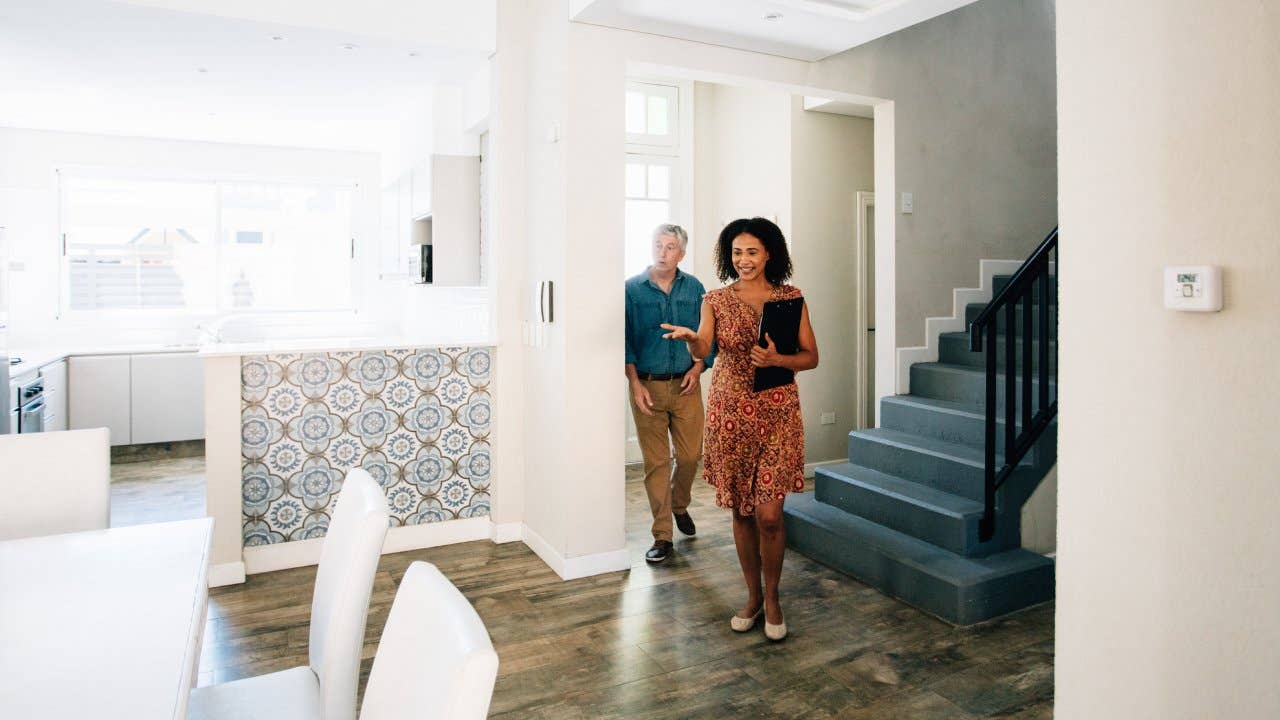Optimizing Residential Property Management Operations for Long-Term Success and Tenant Retention

Efficient Communication Approaches
Efficient communication is vital in enhancing home management procedures. Clear and efficient interaction makes sure that all stakeholders, including homeowner, lessees, maintenance staff, and monitoring, are on the same page, leading to smoother operations and boosted tenant satisfaction. One crucial element of reliable communication is establishing clear assumptions from the get go. Residential property supervisors should plainly detail lease terms, maintenance procedures, and interaction channels to avoid misconceptions down the line.
Utilizing innovation can likewise significantly enhance communication effectiveness in residential property administration. Carrying out home management software that permits real-time updates, automated notices, and easy documents can streamline interaction processes and improve general functional efficiency. In addition, normal communication via various networks such as e-mail, call, and in-person meetings can help promote positive relationships with lessees and address any type of problems without delay.
Innovation Combination for Maintenance
In the realm of building management optimization, a key element that improves functional effectiveness and upkeep processes is the integration of modern technology for streamlining maintenance jobs. By incorporating technology right into upkeep procedures, residential or commercial property supervisors can profit from enhanced job order administration, proactive upkeep organizing, and boosted interaction with upkeep groups and lessees.
One significant benefit of innovation integration in upkeep is the ability to systematize job orders and track maintenance demands digitally. This simplifies the process of receiving, assigning, and finishing upkeep jobs, causing quicker action times and boosted tenant satisfaction. Anticipating maintenance innovations can aid in recognizing possible problems prior to they intensify, minimizing the likelihood of pricey repair work and lessening downtime.

Data-Driven Decision Making
Making use of data-driven understandings empowers property supervisors to make enlightened decisions that enhance functional effectiveness and make the most of possession performance. Quinn Realty and Property Management. By leveraging information analytics devices and technologies, property managers can extract useful details from various sources such as renter comments, maintenance records, and market fads. This data can provide vital insights right into occupant preferences, operational bottlenecks, and cost-saving possibilities
Data-driven decision-making makes it possible for residential property supervisors to determine patterns and patterns that may not be noticeable through standard monitoring. As an example, assessing upkeep information may reveal recurring problems in specific systems, allowing supervisors to proactively deal with underlying problems and protect against future expensive repair work. By keeping track of renter satisfaction metrics and lease revival prices, home managers can customize their services to fulfill occupant assumptions, inevitably improving renter retention and lasting earnings.
Moreover, data-driven understandings can also educate calculated investment decisions by highlighting areas for improvement or expansion based upon market demand and performance metrics. In general, including data-driven decision-making procedures right into property administration procedures can lead to much more effective source allotment, improved renter satisfaction, and increased success over time.
Occupant Contentment Campaigns
Attracting insights from data-driven decision-making, residential or commercial property managers can apply targeted tenant fulfillment efforts to improve overall leasing experiences and foster long-lasting renter relationships. By comprehending renter preferences and pain points, building managers can tailor their services to meet the details requirements of their occupants, inevitably leading to greater fulfillment levels and raised occupant retention prices.
One reliable renter satisfaction effort is to establish clear lines of communication with tenants to deal with any kind of worries without delay. Routine comments studies can additionally offer valuable understandings right into tenant fulfillment levels and locations for improvement. Residential property supervisors can use this responses to make essential changes and reveal tenants that their opinions are valued.

Additionally, organizing area occasions and facilities that accommodate the rate of interests of tenants can create a sense of belonging and improve general complete satisfaction. By fostering a interesting and positive community atmosphere, building managers can strengthen occupant connections and urge lasting leases, eventually increasing earnings and lessee retention in the long run.
Enhancing Operational Processes
One vital facet of simplifying functional procedures is the assimilation of technology options such as home management software, which can automate jobs, simplify interaction, and give real-time information insights. By digitizing procedures like upkeep demands, lease collection, and lease renewals, home managers can conserve time, decrease mistakes, and improve renter fulfillment.
Moreover, implementing standard treatments and workflows can aid produce consistency across homes, lower complication, and enhance daily operations. Frequently examining and optimizing these procedures is necessary to adjust to This Site changing market conditions, renter requirements, and regulatory demands. By constantly seeking methods to enhance operational processes, building supervisors can not just raise their own effectiveness yet additionally provide much better services to lessees, ultimately resulting in long-lasting productivity and lessee retention.
Conclusion
To conclude, maximizing residential or commercial property management operations via reliable interaction, innovation assimilation, data-driven decision making, tenant contentment initiatives, and simplifying procedures is vital for long-term earnings and tenant retention. By carrying out these methods, building supervisors can boost operational effectiveness, lower costs, and improve tenant contentment, eventually resulting in raised productivity and lessee commitment. It is critical for home administration companies why not try here to continuously examine and change their procedures to fulfill the advancing requirements of both lessees and the market.
Clear and reliable interaction makes certain that all click stakeholders, including residential property owners, renters, upkeep staff, and administration, are on the same web page, leading to smoother procedures and enhanced lessee contentment - Quinn Realty and Property Management. By keeping track of tenant satisfaction metrics and lease renewal rates, residential property supervisors can tailor their services to satisfy renter assumptions, eventually enhancing renter retention and long-lasting productivity
By constantly looking for ways to streamline operational processes, building managers can not just raise their very own efficiency yet also supply better services to occupants, inevitably leading to lasting productivity and occupant retention.
In conclusion, enhancing residential or commercial property management operations through reliable interaction, innovation assimilation, data-driven decision production, tenant satisfaction campaigns, and enhancing procedures is crucial for long-term productivity and occupant retention (Quinn Realty and Property Management). By executing these approaches, building supervisors can boost operational effectiveness, decrease prices, and enhance lessee complete satisfaction, ultimately leading to raised earnings and occupant loyalty